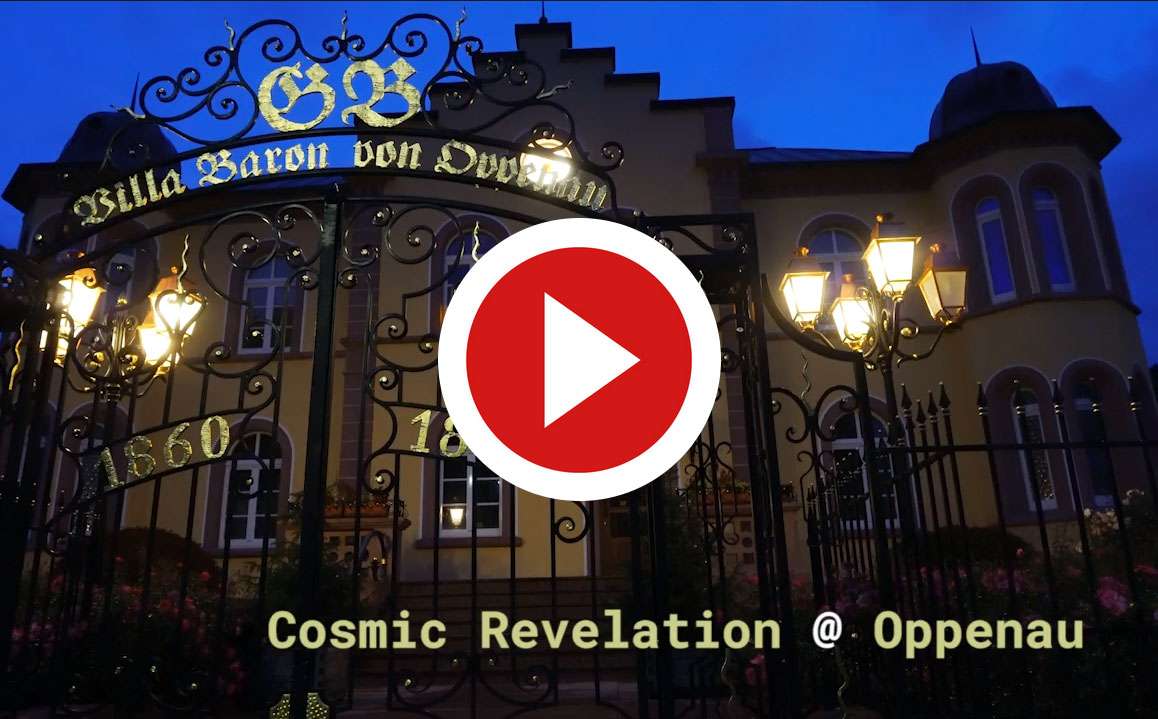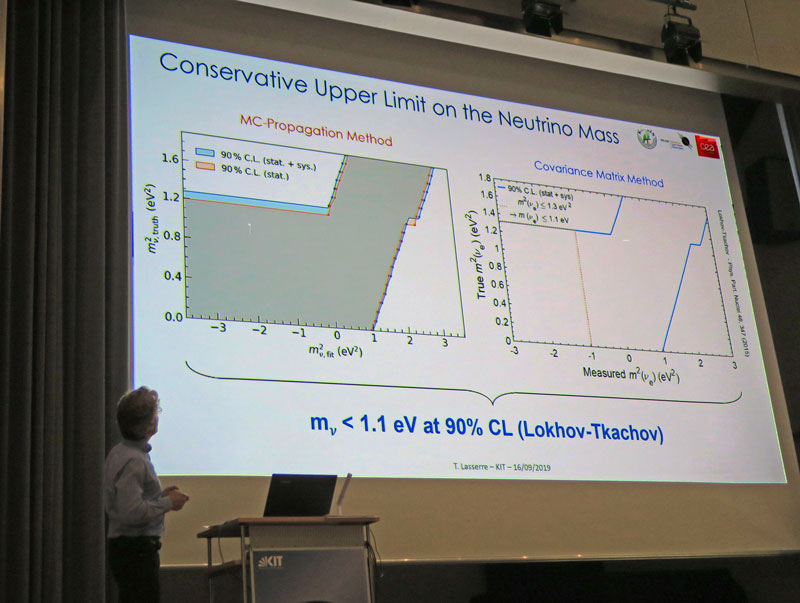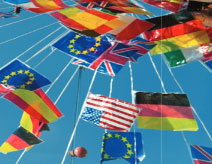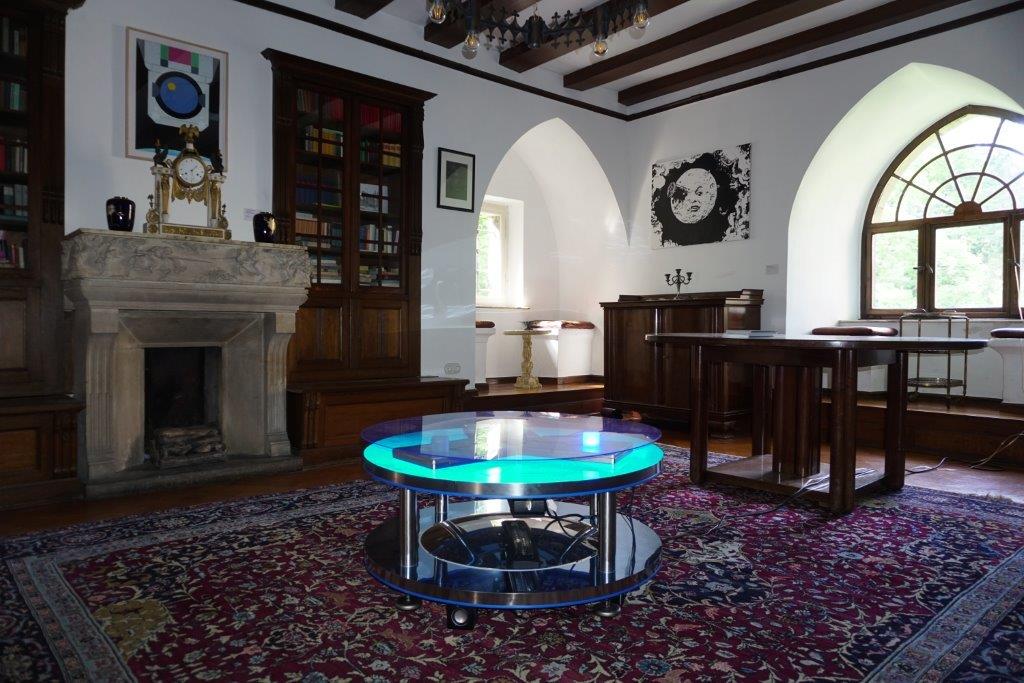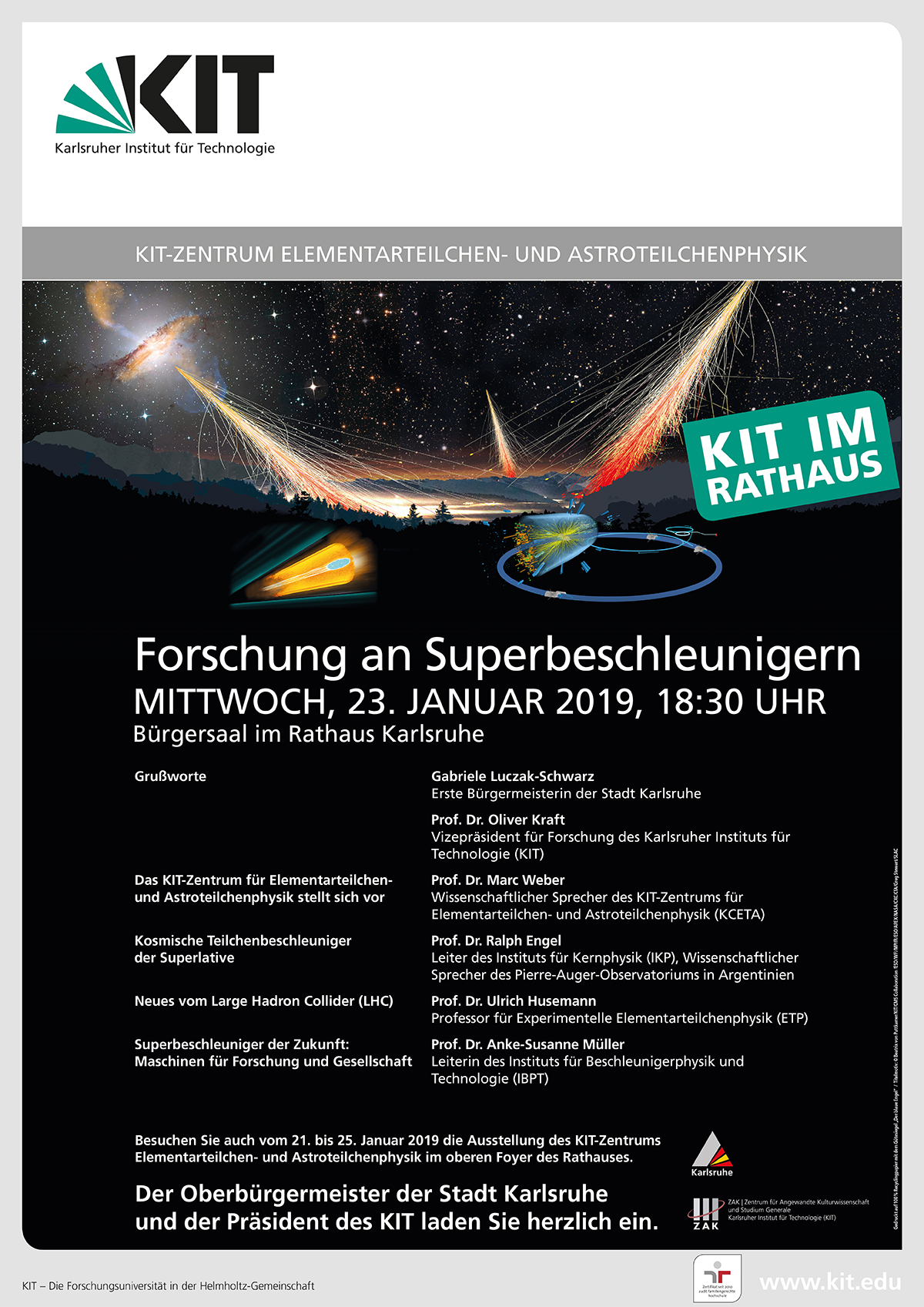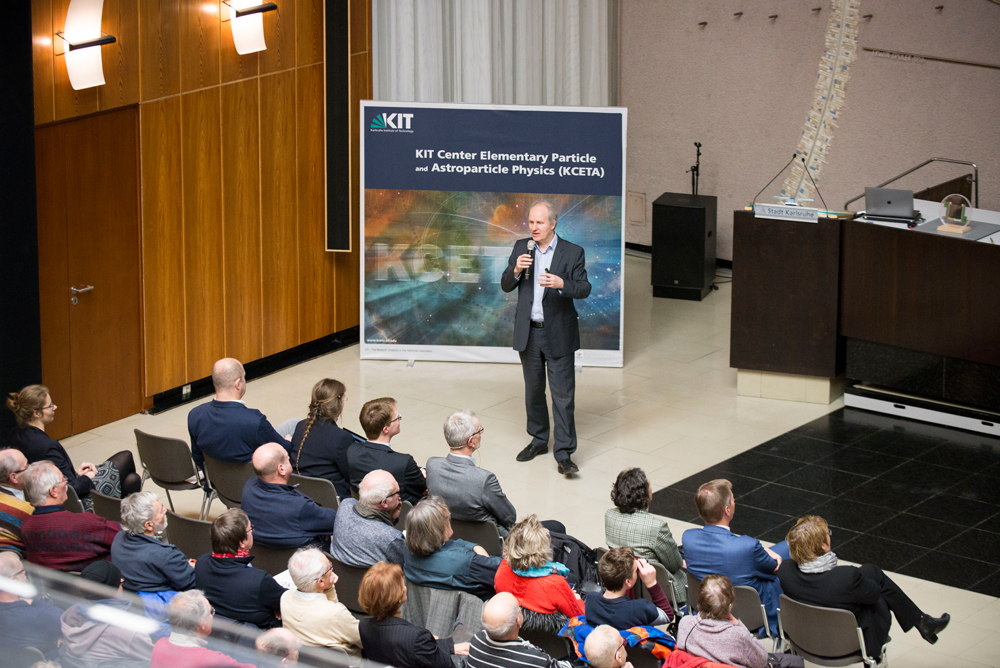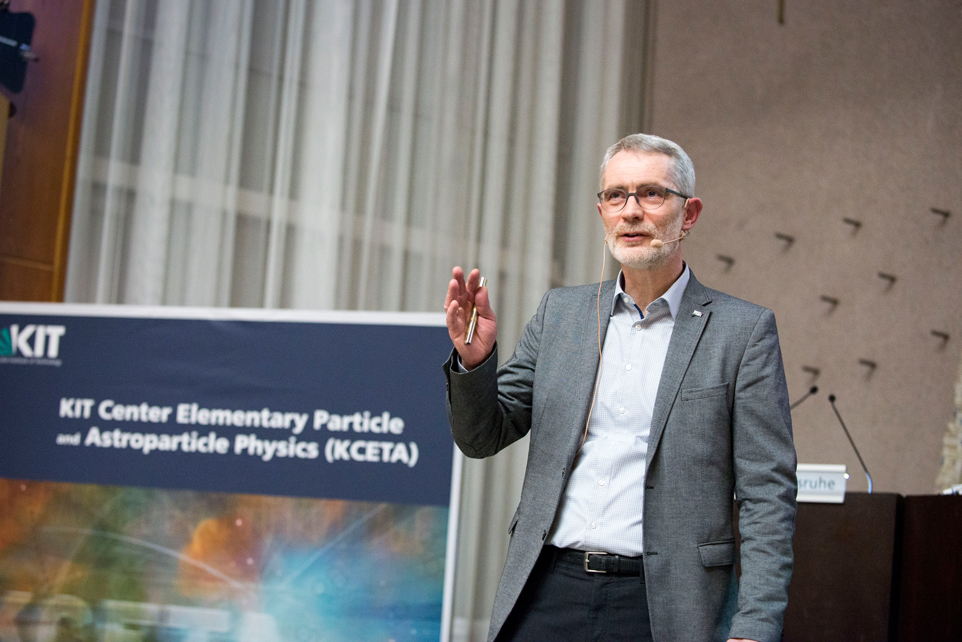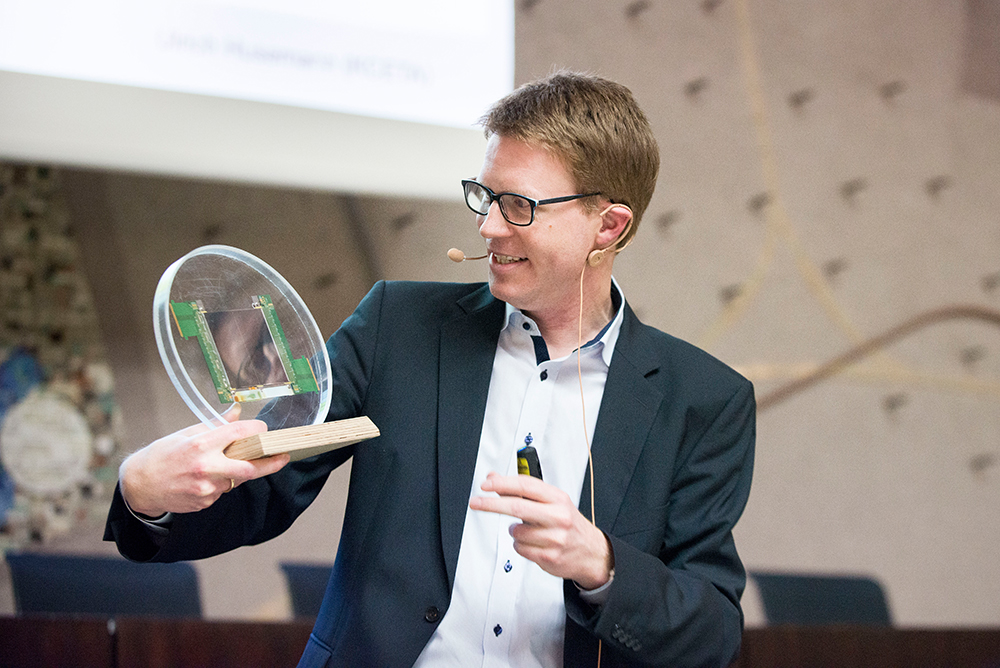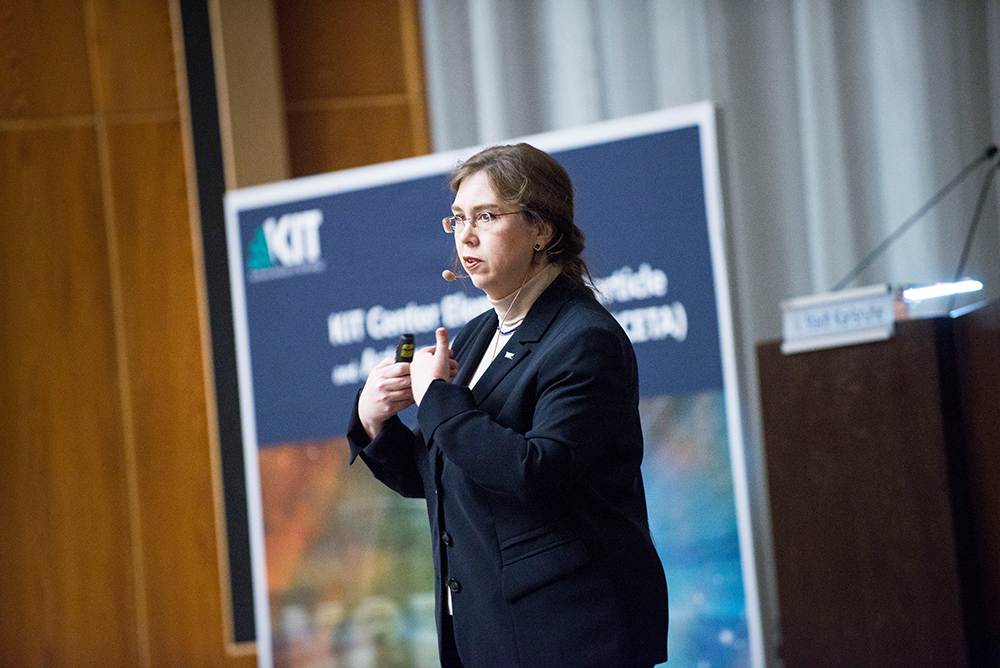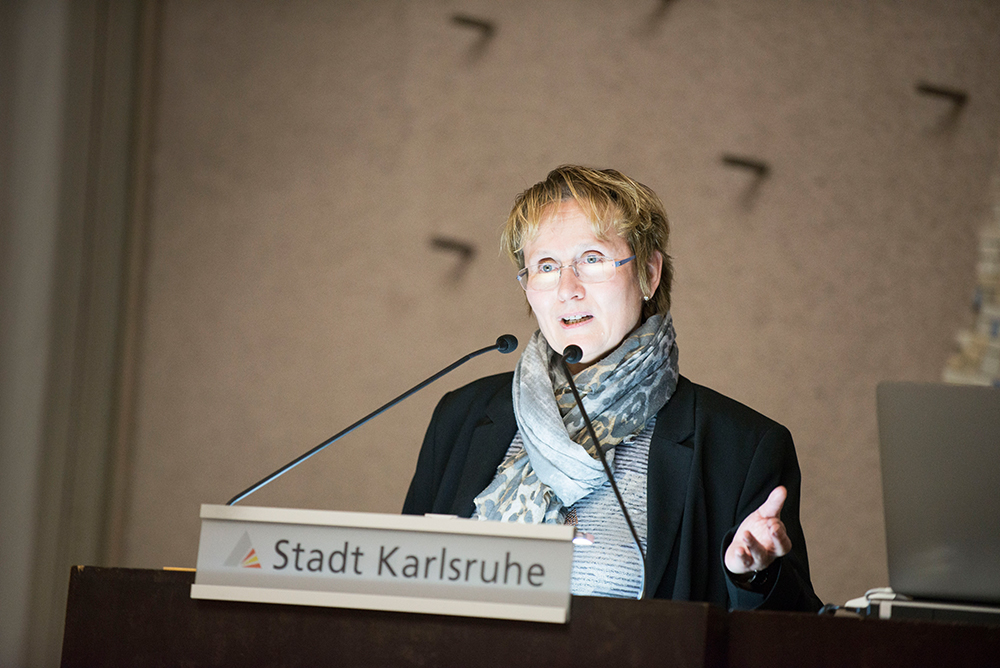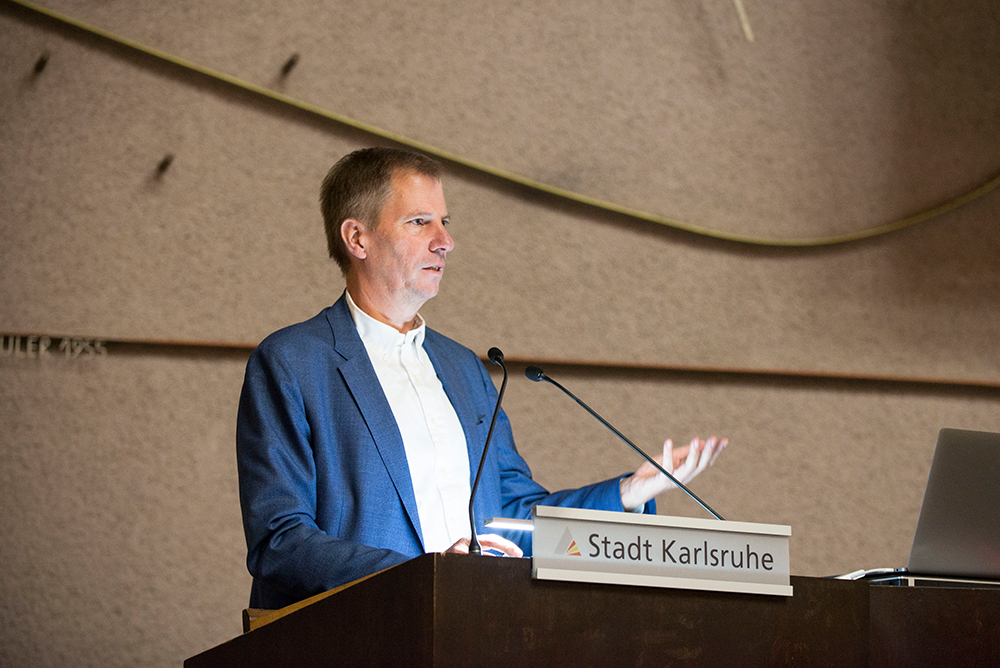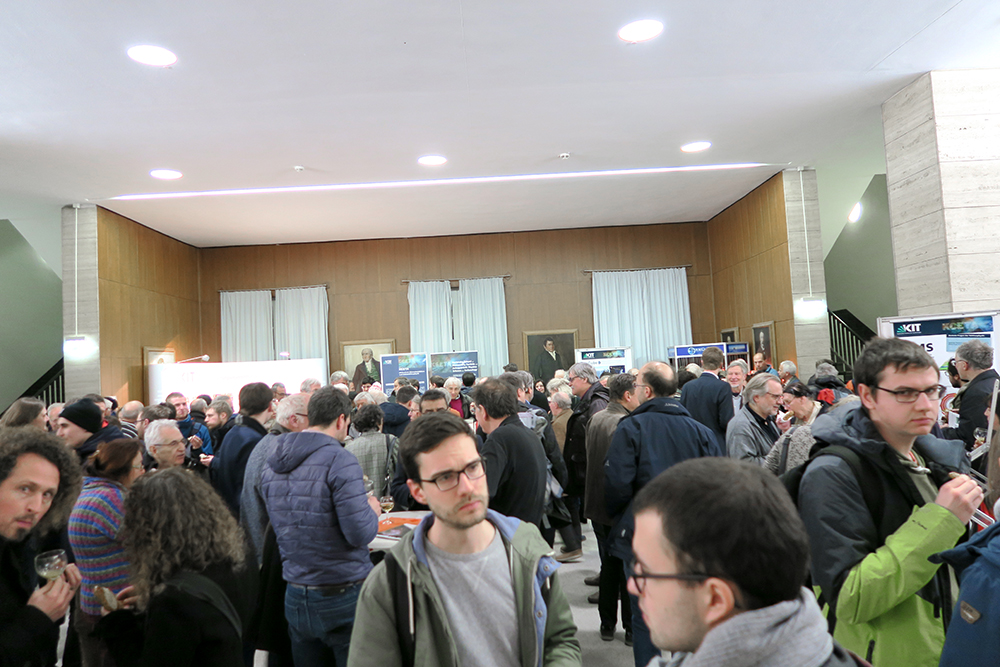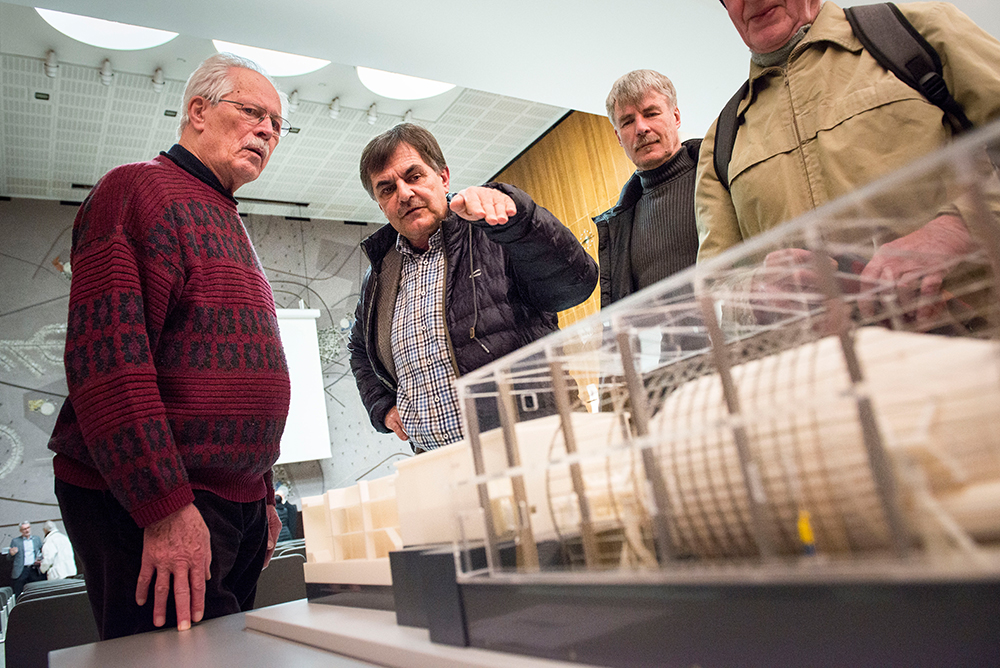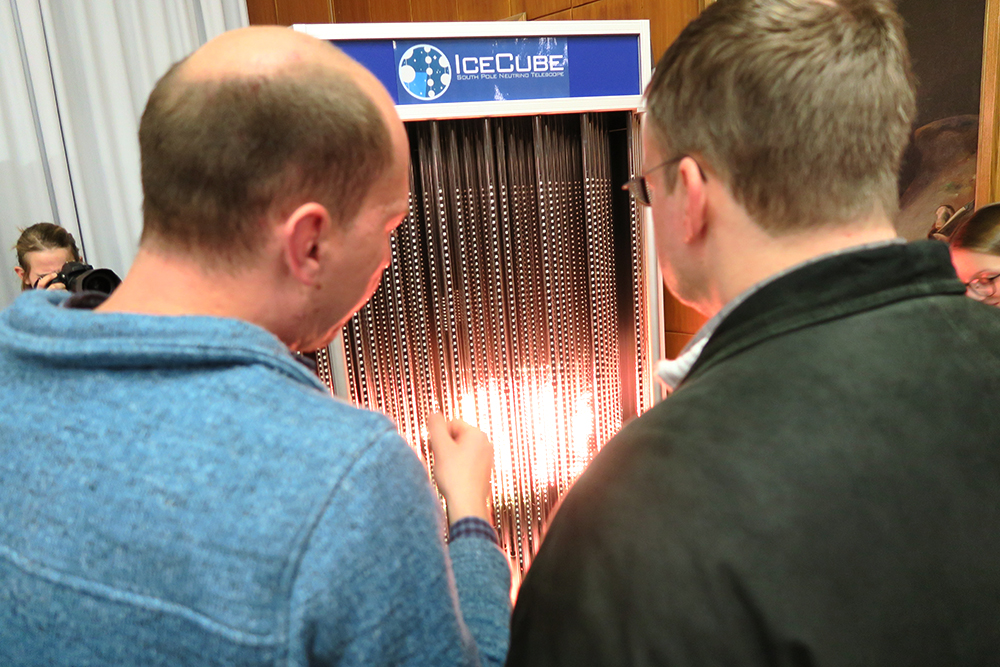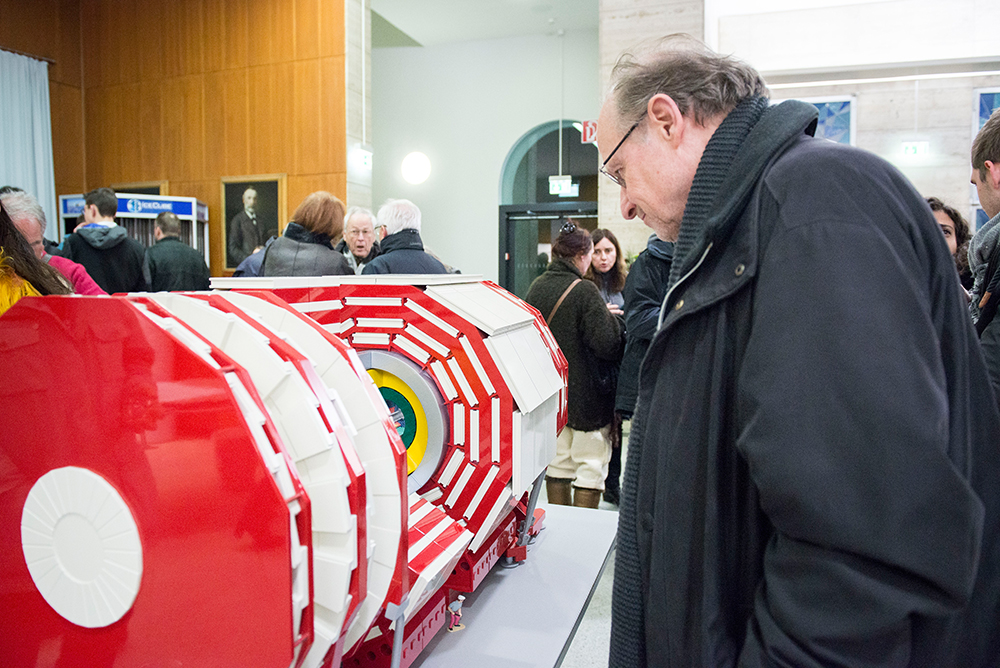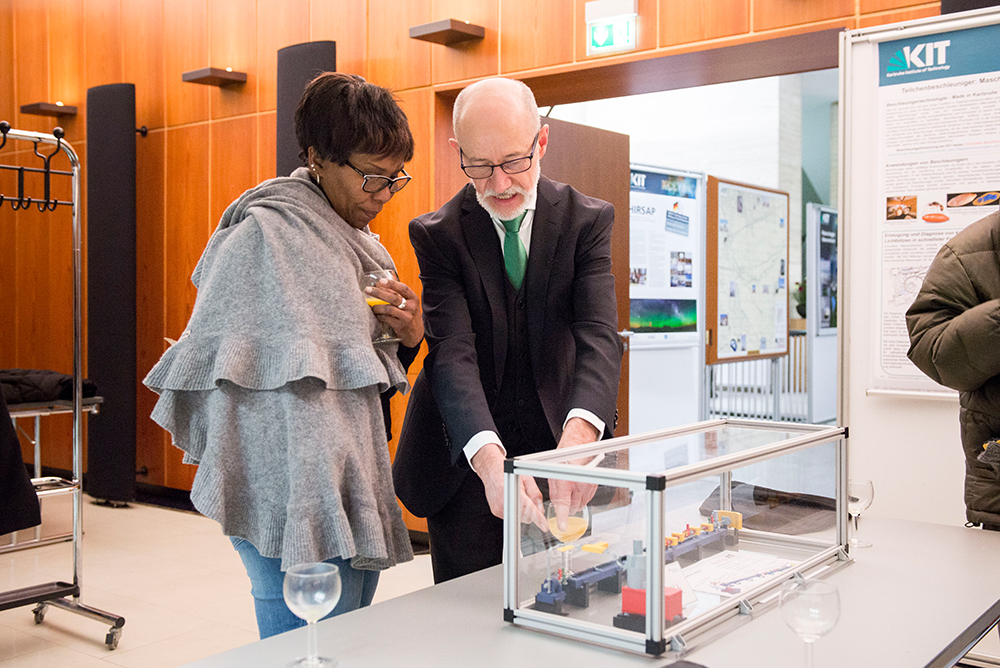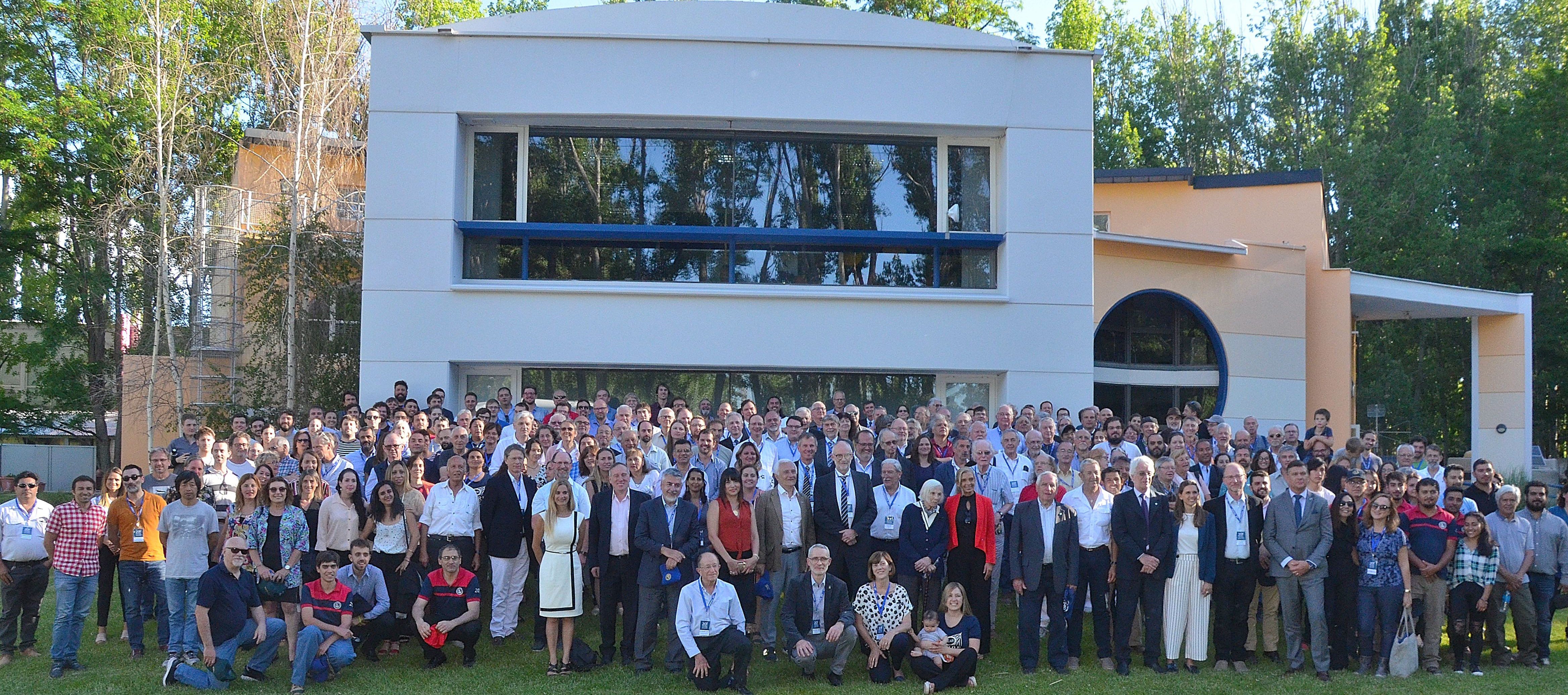
The participants of the celebration in front of the main building of the observatory for a group picture (© Miguel Martin)
Malargüe, Argentina
14-16 November 2019
 About 300 scientists and guests from all over the world celebrated the 20th anniversary of the Pierre Auger Observatory with a ceremony and a scientific symposium at the site of the Observatory in Argentina. The Pierre Auger Observatory has been built to study ultra-high energy cosmic rays, particles of the highest energies ever observed.
About 300 scientists and guests from all over the world celebrated the 20th anniversary of the Pierre Auger Observatory with a ceremony and a scientific symposium at the site of the Observatory in Argentina. The Pierre Auger Observatory has been built to study ultra-high energy cosmic rays, particles of the highest energies ever observed.
Ultra-High Energy Cosmic-Rays
Cosmic-rays are charged particles constantly bombarding the Earth and are one of the cosmic messengers that help us understand our Universe. At the highest energies, they are not much deflected by the Galactic and extragalactic magnetic fields, opening up the possibility of a new window in astronomy, the observation of the near-by Universe with charged-particles. The goal of the Pierre Auger Observatory is to study the nature and origin of those ultra-high energy cosmic rays, whose energy exceeds more than 100,000 times the energy that can be achieved in man-made accelerators.
The Pierre Auger Observatory
The Pierre Auger Observatory was conceived by Jim Cronin, Alan Watson and other scientists in 1991 to address the mysteries of the origin and nature of the highest-energy cosmic rays. It was clear to them that only a very large detector would reach the exposure to collect enough events to answer the questions raised by a century of earlier experiments. The Observatory design employs a „hybrid“ detector system consisting of a 3000 km2 array of 1660 particle detectors overlooked by 27 optical telescopes. These complementary detector techniques record both the particles and the faint fluorescence light resulting from the gigantic particle cascade initiated in the atmosphere by these mysterious cosmic rays. Soon after the foundation in 1999, construction of the Observatory started and was completed in 2008.
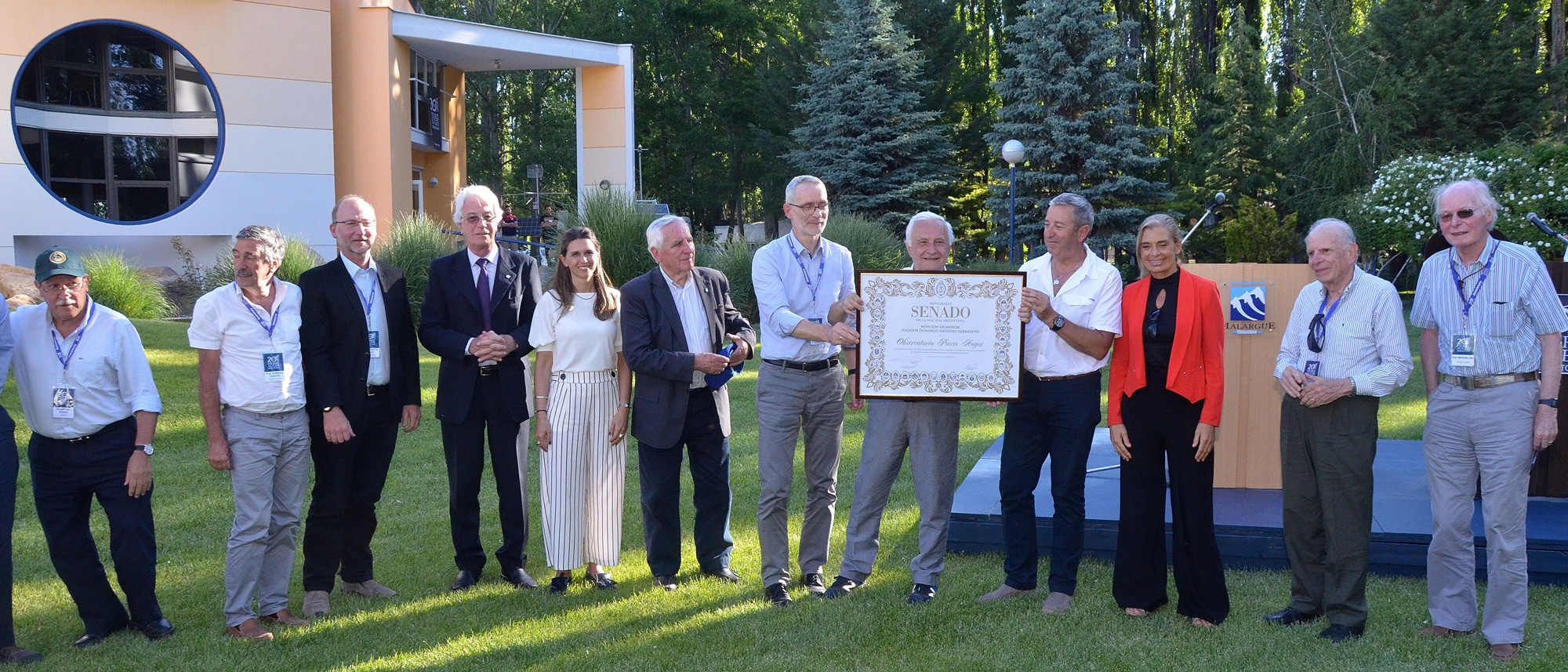
f.l.t.r.: Roberto Rivarola (Member of Board of Directors of CONICET), Fernando Ferroni (Chair of Finance Board), Ingo Allekotte (Bariloche, Project Manager Pierre Auger Observatory), Jorge Vergara Martínez (Mayor of Malargüe), Paula Nahirñak (Sub-secretary of State in Secretariat for Science and Technology), Osvaldo Calzetta (President CNEA), Ralph Engel (KIT, Spokesperson Pierre Auger Observatory), Alberto Etchegoyen (CNEA, Site Spokesperson), Julio Cobos (National Senator for the Province of Mendoza), Laura Montero (Vice-governor of the Province of Mendoza), Ernesto Maqueda (CNEA), Alan Watson (former Spokesperson Pierre Auger Observatory) (© Miguel Martin)
20th Anniversary
Scientists of the 90 participating institutes and groups, as well as representatives of all 17 member states of the international collaboration met in Malargüe, Argentina in mid-November to celebrate the 20th anniversary of the experiment as well as the scientific results achieved so far. A scientific symposium opened the festivities and highlighted the state of research. On the second day, the participants visited the detectors of the Observatory in the Argentine Pampa. Many of the scientists and guests participated also in the parade for the anniversary of the city of Malargüe. The meeting continued with a ceremonial act at the campus of the Observatory. Venerable members of the collaboration as well as representatives of funding agencies and local politicians addressed the audience and congratulated the collaboration not only on the scientific successes, but also on the social relevance and impact of the project in the province of Mendoza. One highlight of the ceremony, which was moderated by the spokesperson of the collaboration, Prof. Dr. Ralph Engel from KCETA/KIT, was the conferral of the status “Honorable Senator” to the Pierre Auger Observatory by the Senate of Argentina. After unveiling a sculpture by Juan Pezzani symbolizing the role of the Pierre Auger Observatory in Argentina, the meeting concluded with a dinner banquet with typical Argentine barbecue and wine.
Among the high-ranking guests were numerous representatives of the supporting funding agencies, participating universities and institutes, as well as members of the Argentine federal and province governments. In Germany, groups of RWTH Aachen, Universität Hamburg, Karlsruher Institut für Technologie (KIT), Universität Siegen, and Bergische Universität Wuppertal participate in the Pierre Auger Observatory, of which representatives attended in the celebration. KIT was represented by the KIT Vice President for Research, Prof. Dr. Oliver Kraft, the Head of Division V, Prof. Dr. Johannes Blümer, and the Head of the Department for International Affairs, Dr. Klaus Rümmele.
A Bright Future
Spurred by the science results obtained so far, the Observatory is currently undergoing an upgrade („AugerPrime“), mostly aimed at improving the sensitivity of the observatory to the particle type and mass of ultra-high energy cosmic rays. This is done by installing new electronics, and additional and complementary detectors, allowing for a better separation of the type of the incoming particle on an event-by-event basis. The added observables are critical to select the subset of particle cascades that were produced most likely by lighter primary cosmic rays, which in turn may hold the key to identifying and studying the cosmic accelerators outside our own galaxy. More generally, the data collected with AugerPrime will also be used to explore fundamental particle physics at energies beyond those accessible at terrestrial accelerators, and perhaps yield the observation of new physics phenomena.
www.auger.org

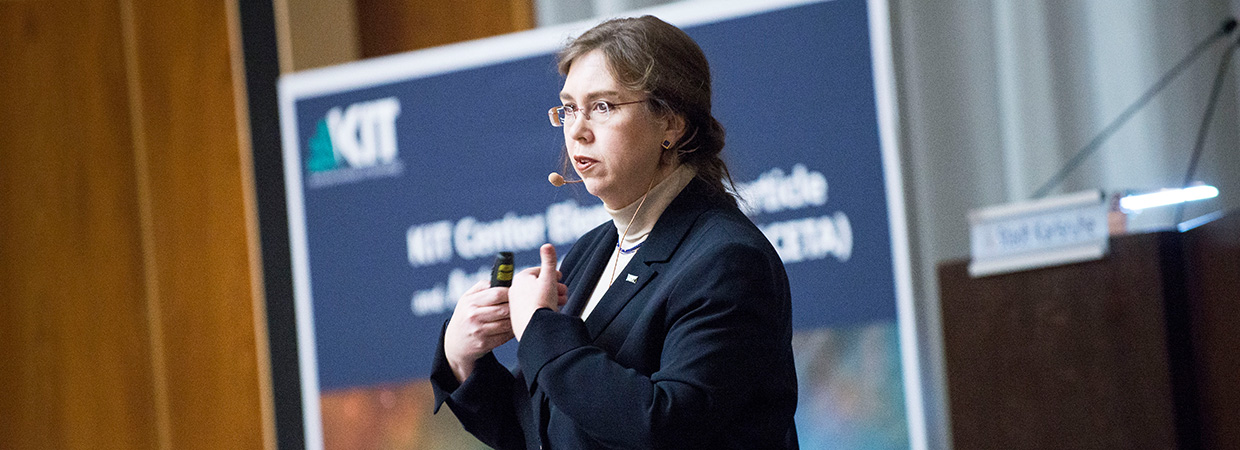


















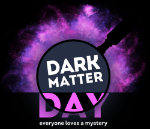








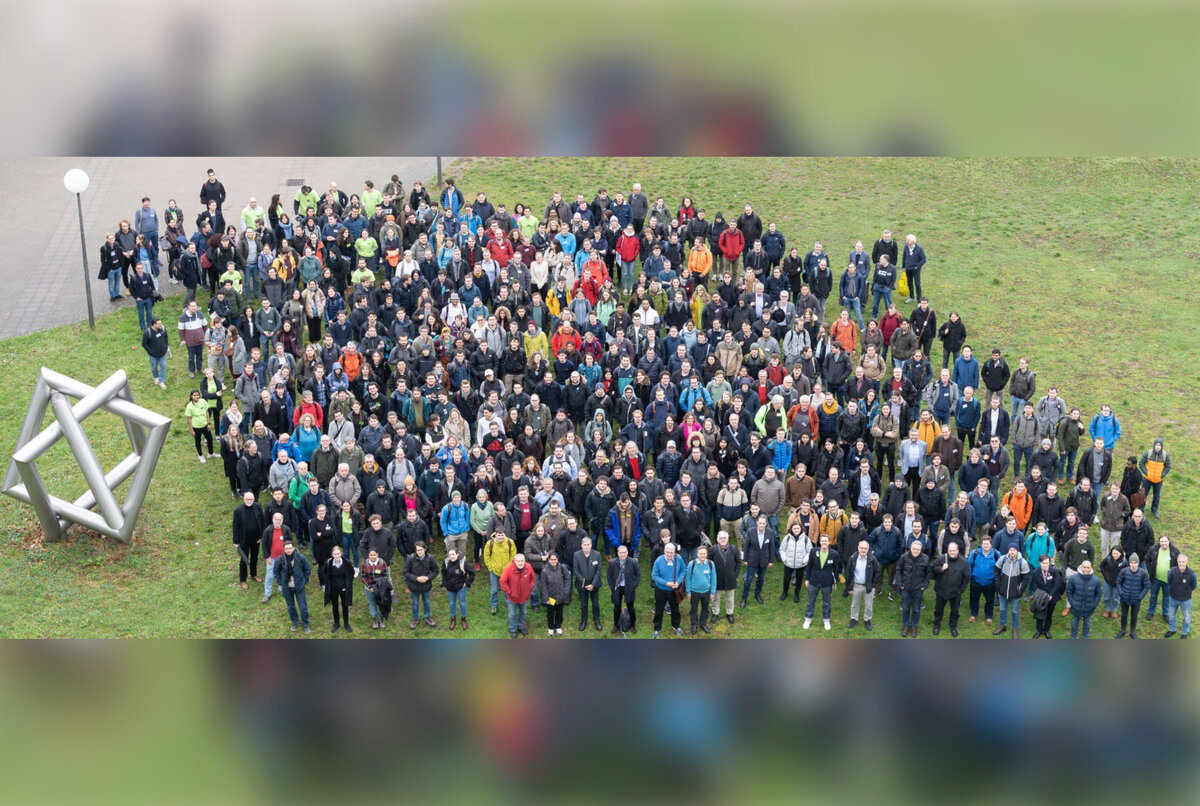
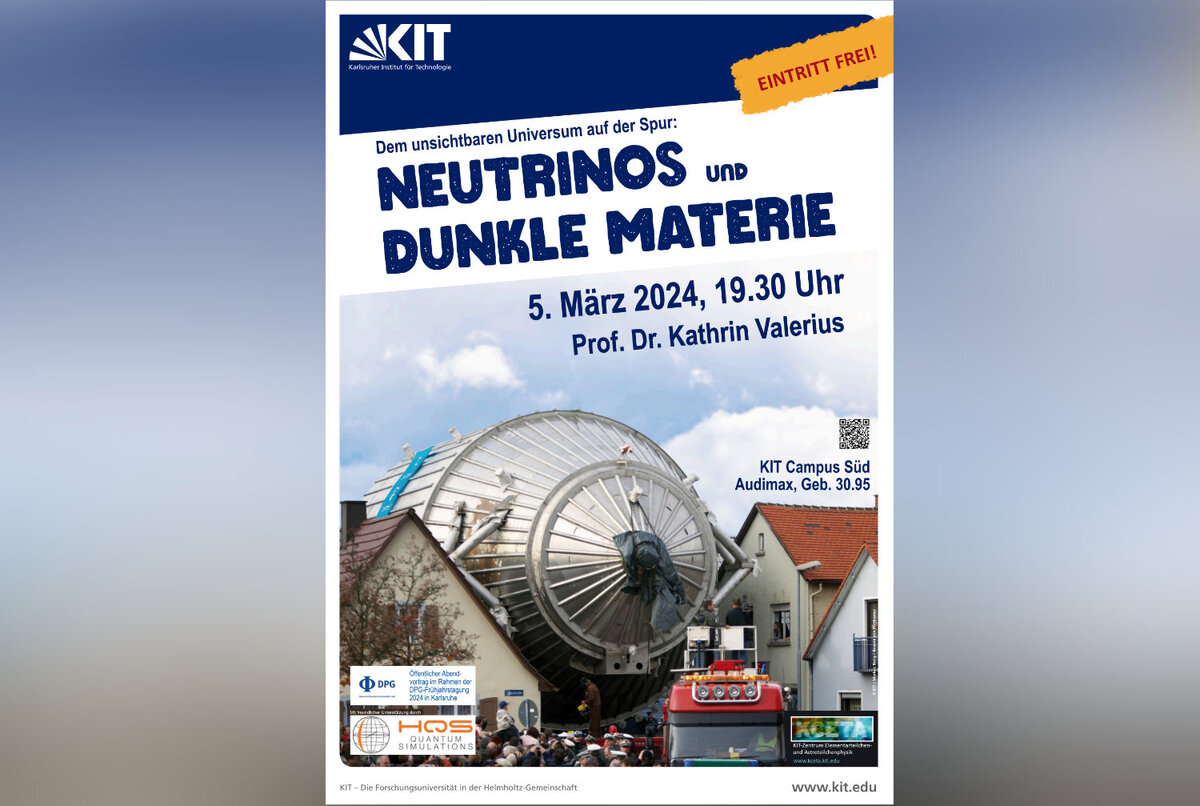
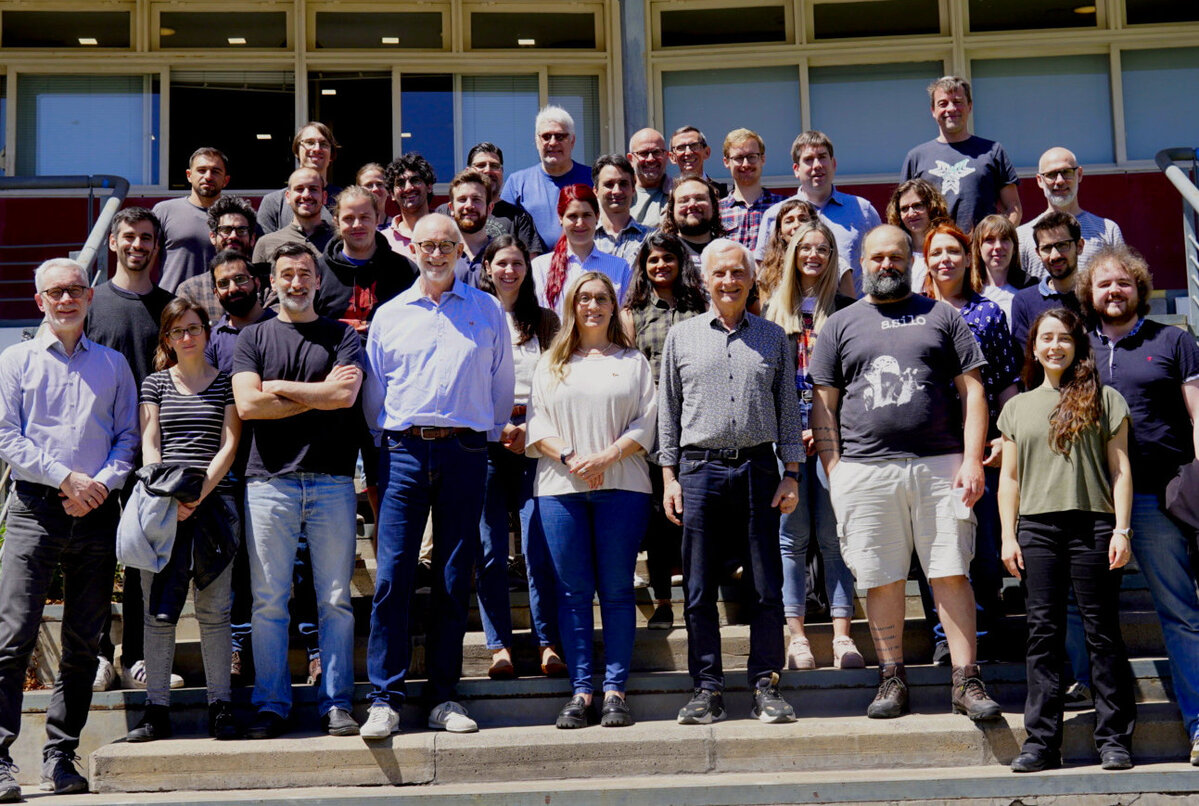
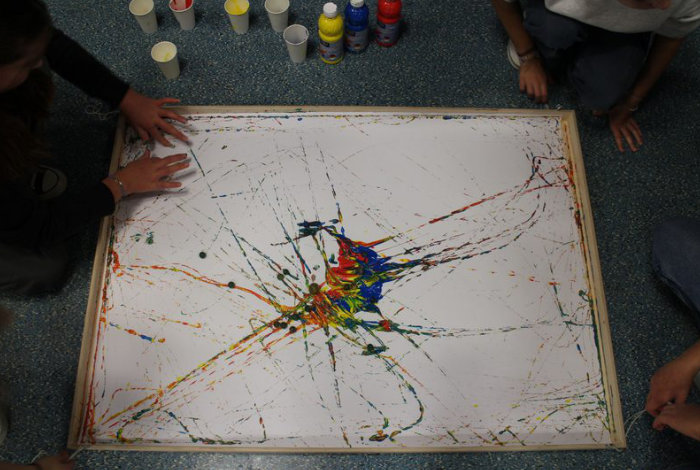
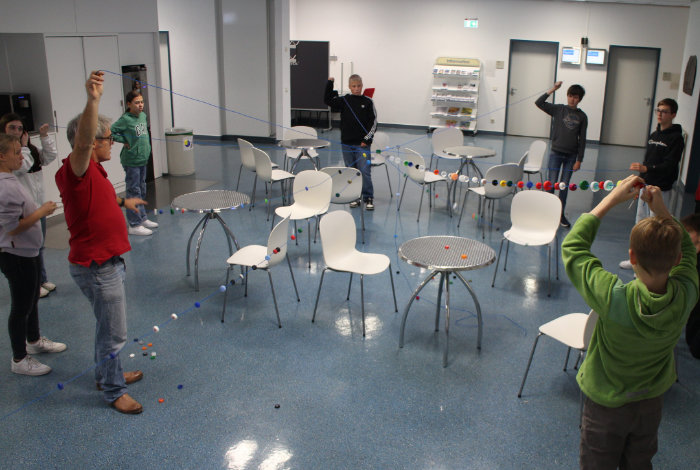
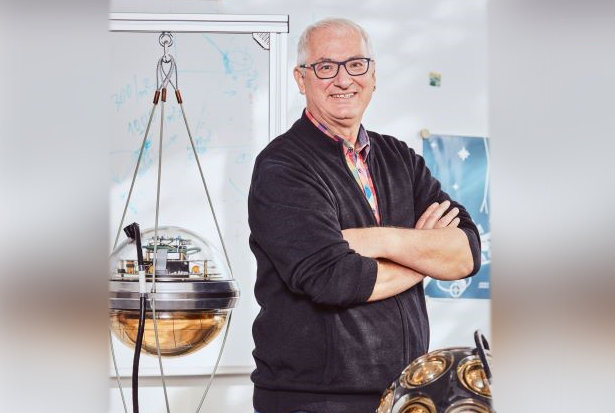
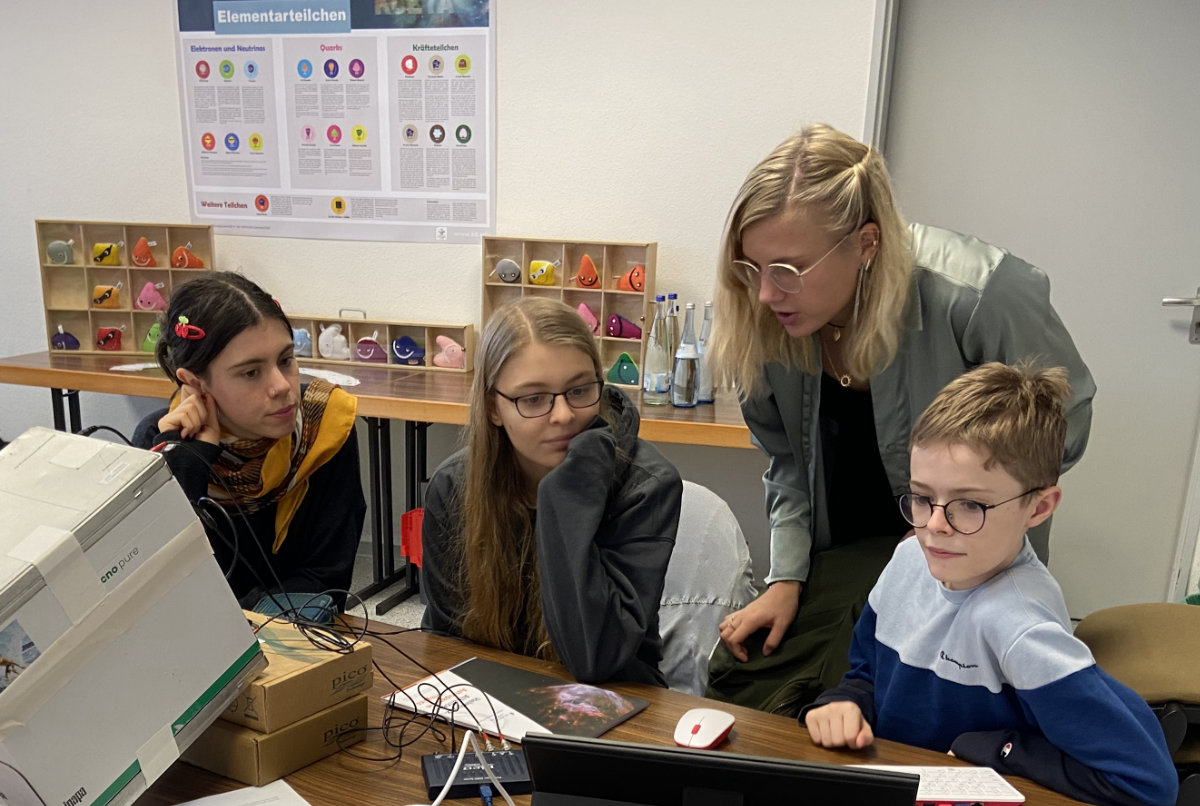
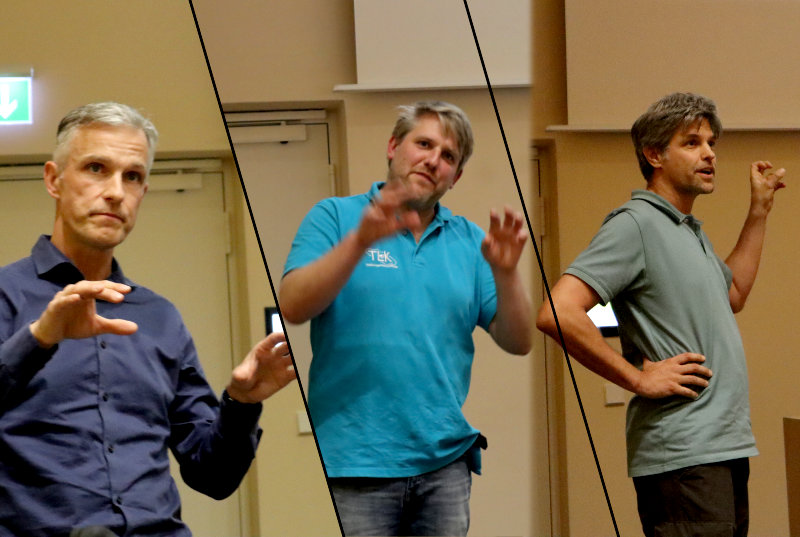
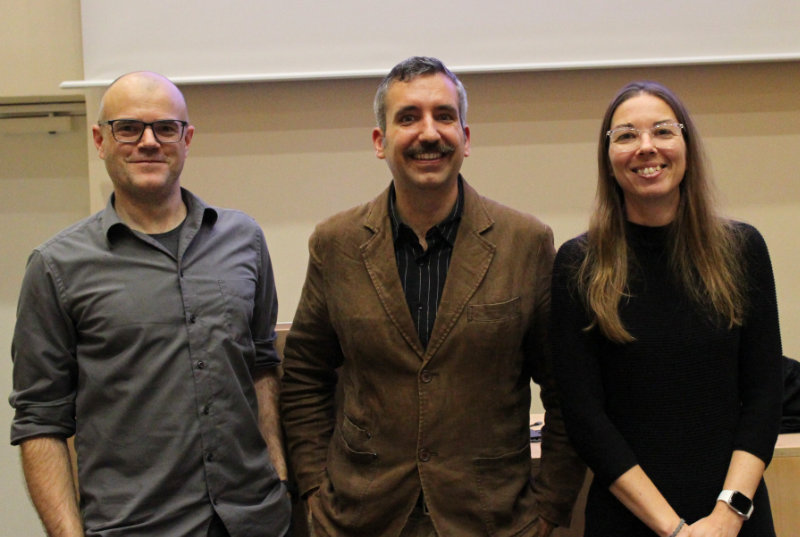
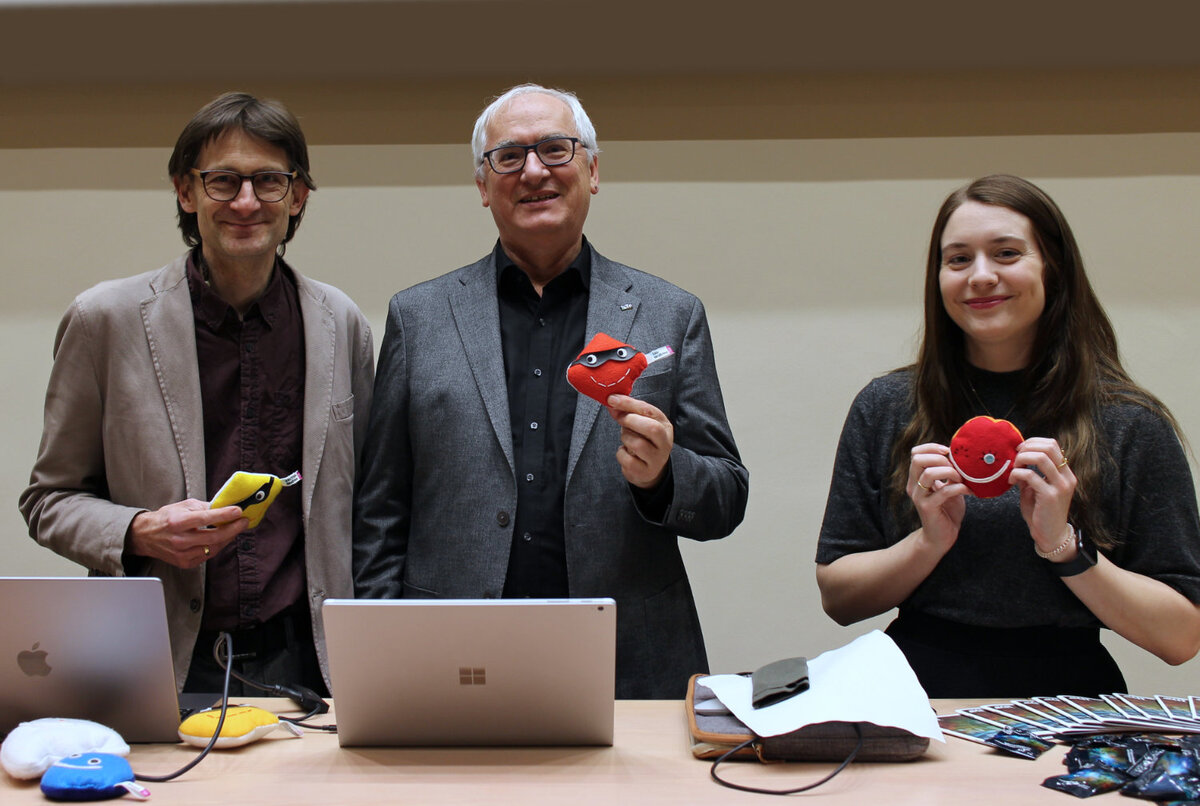
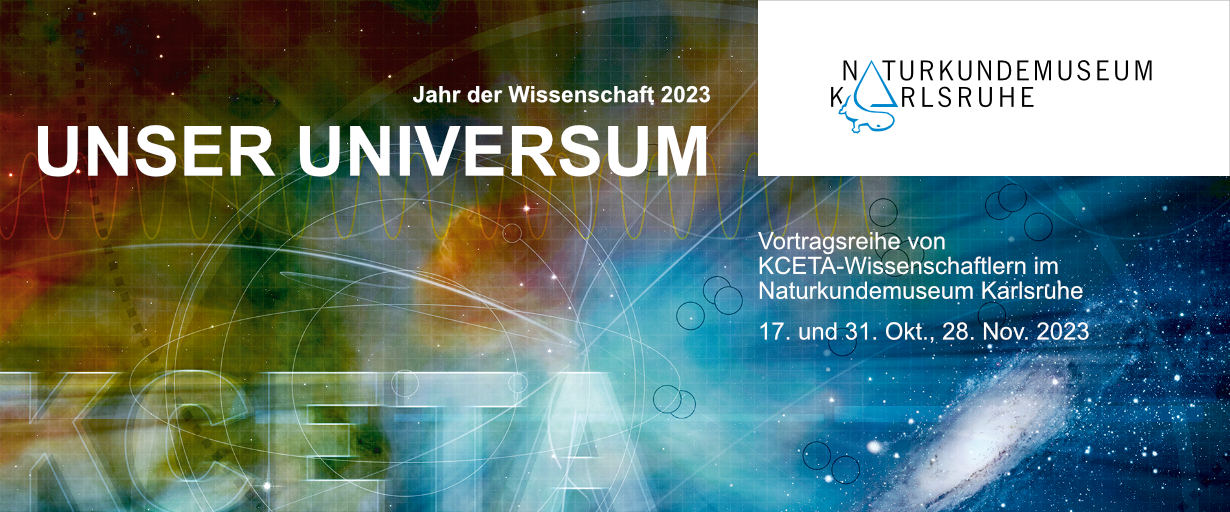
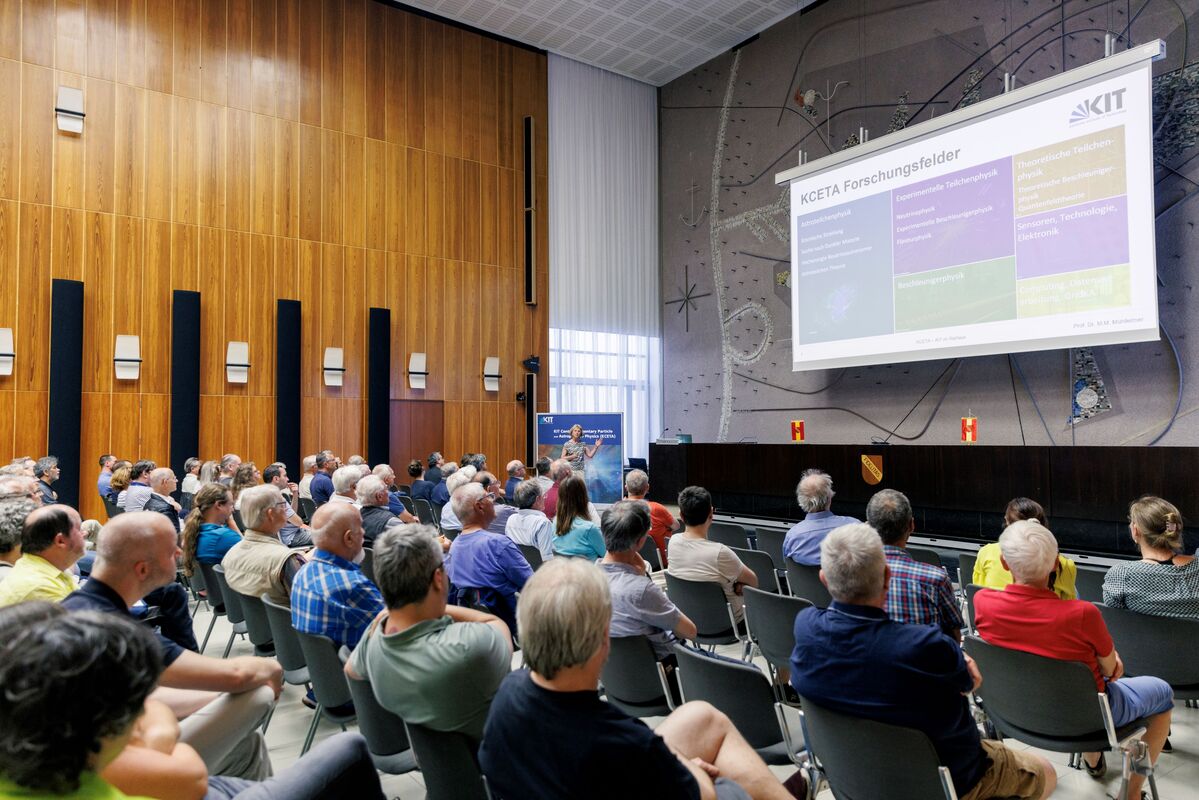
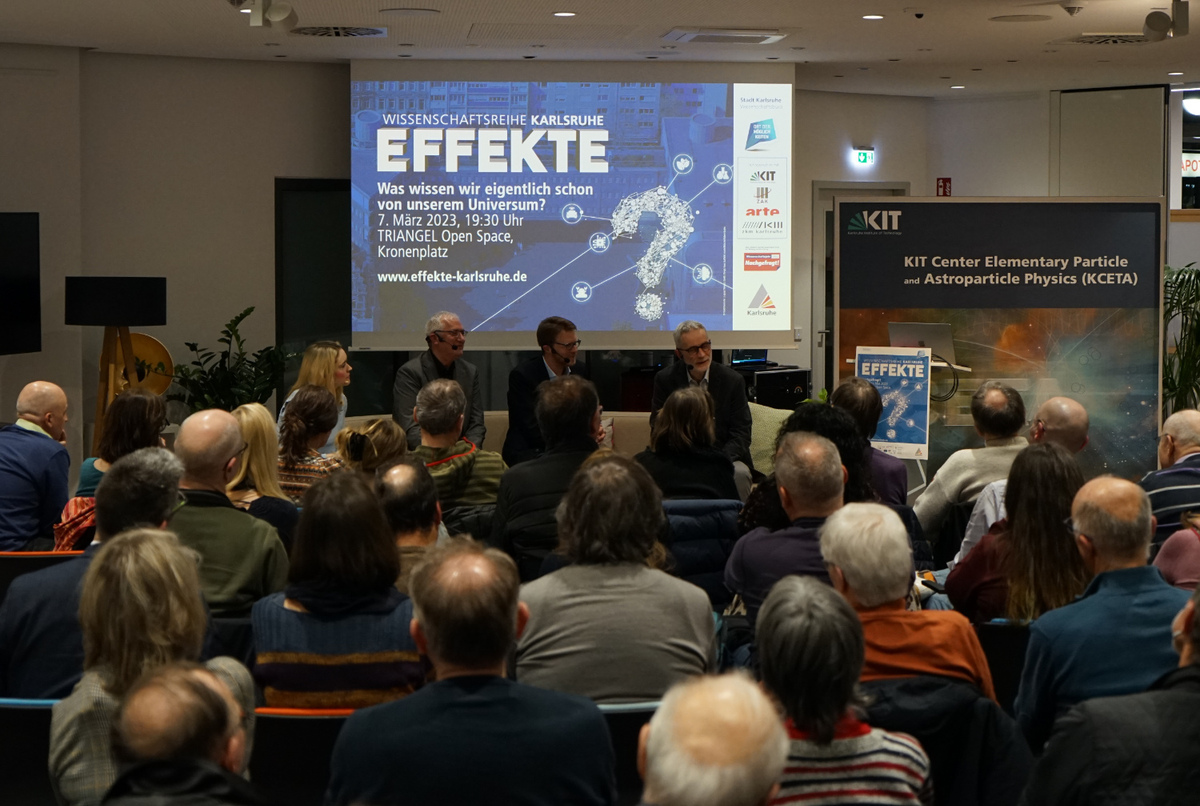
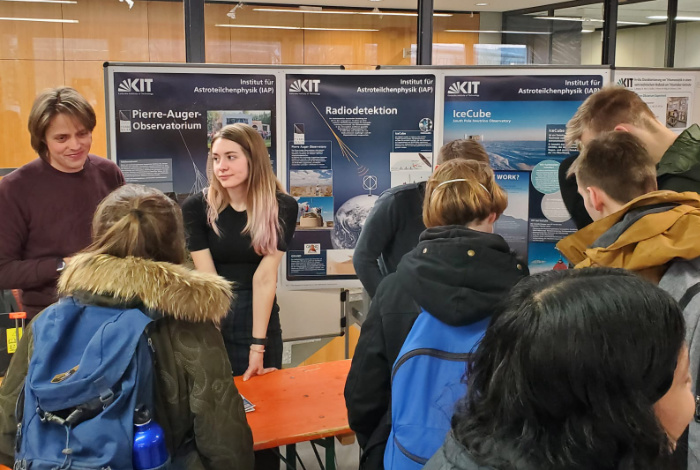
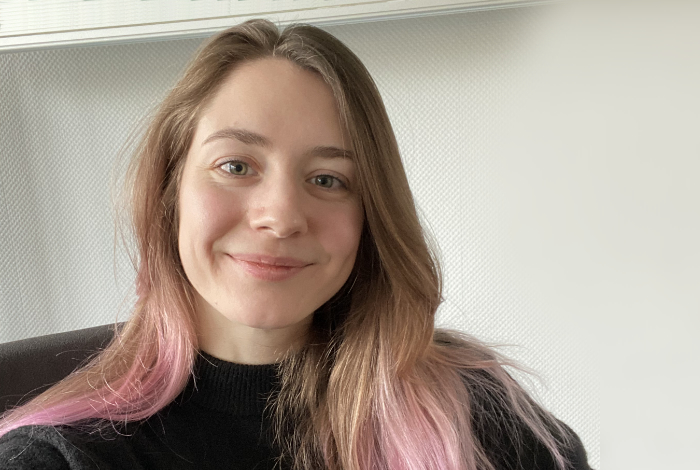
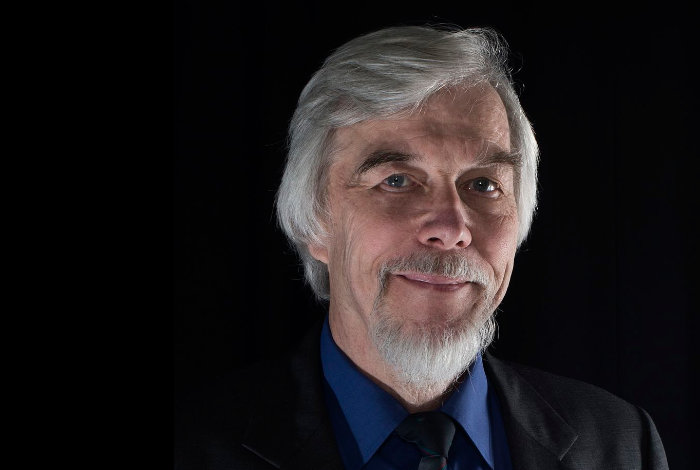
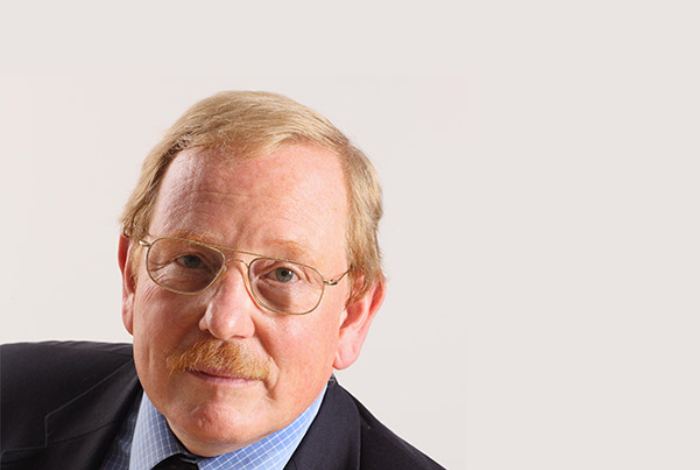
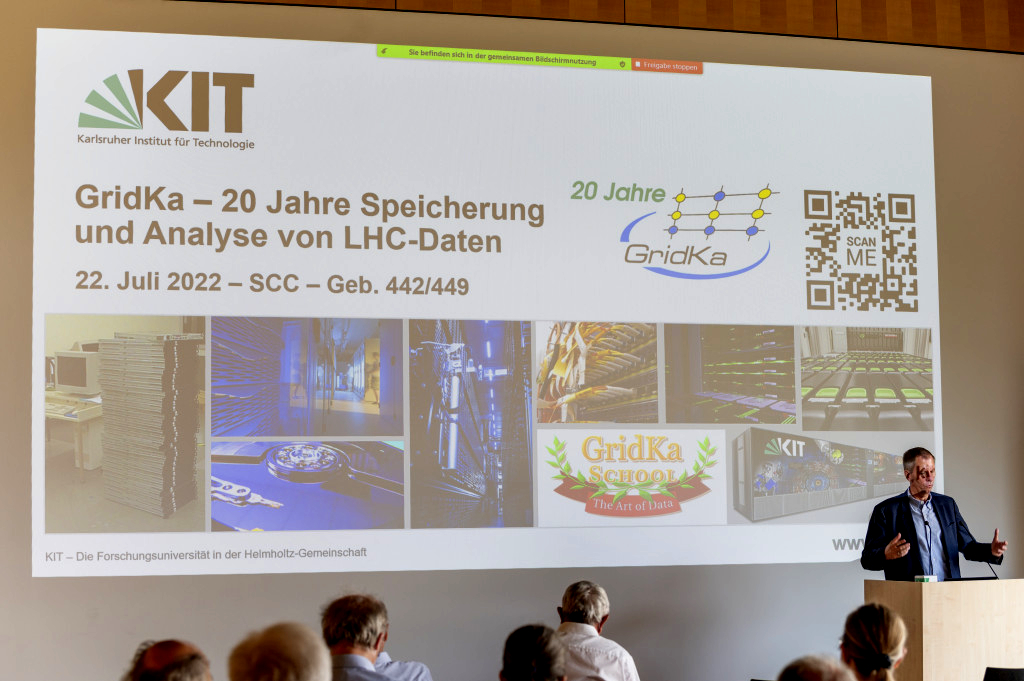
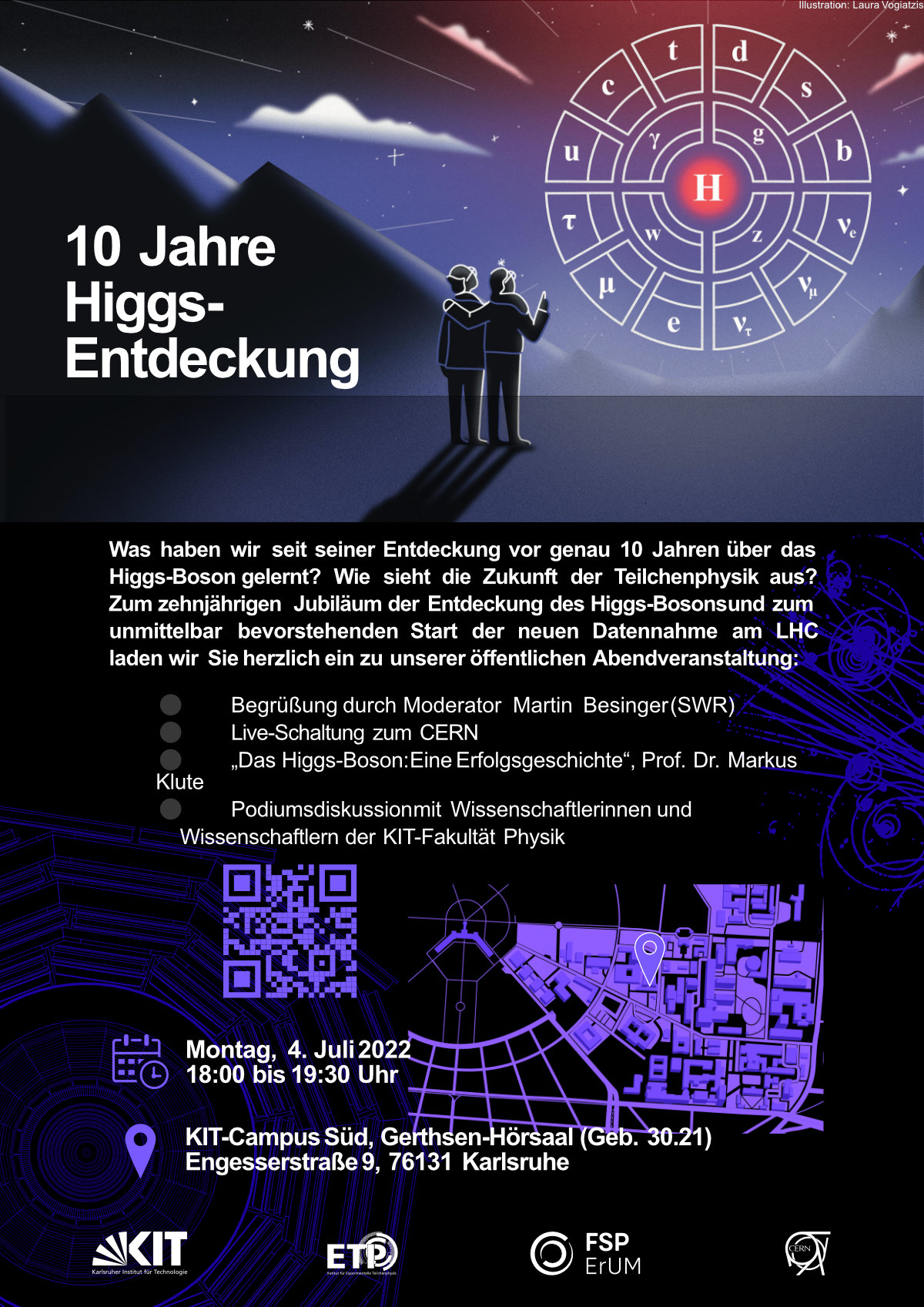
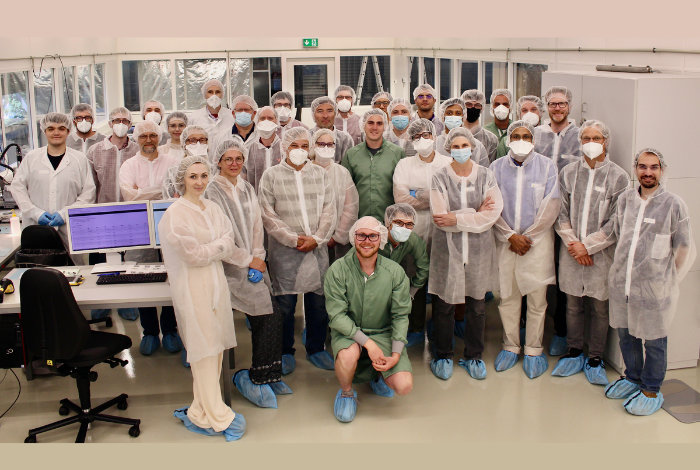
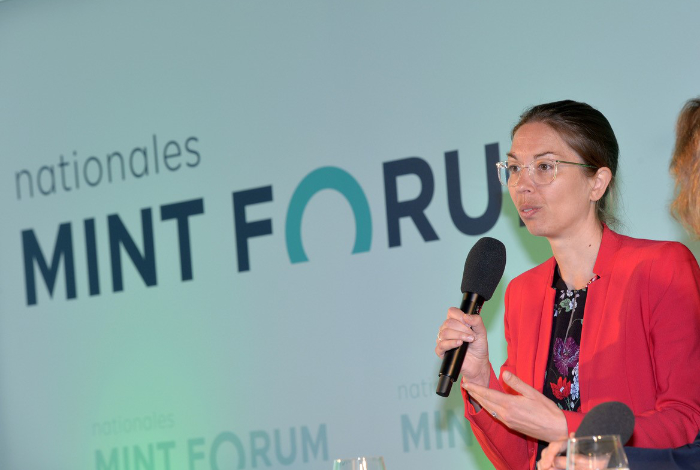
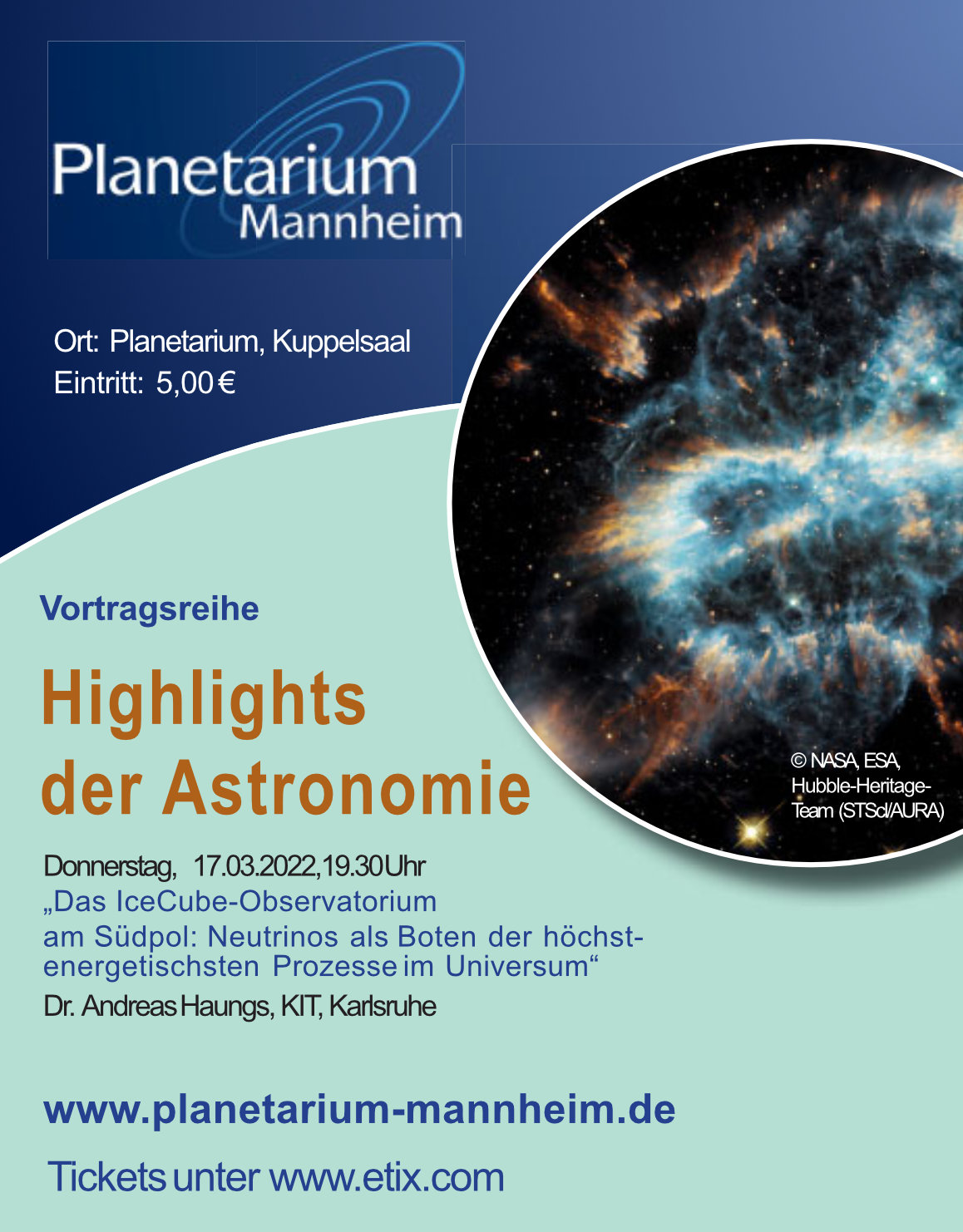
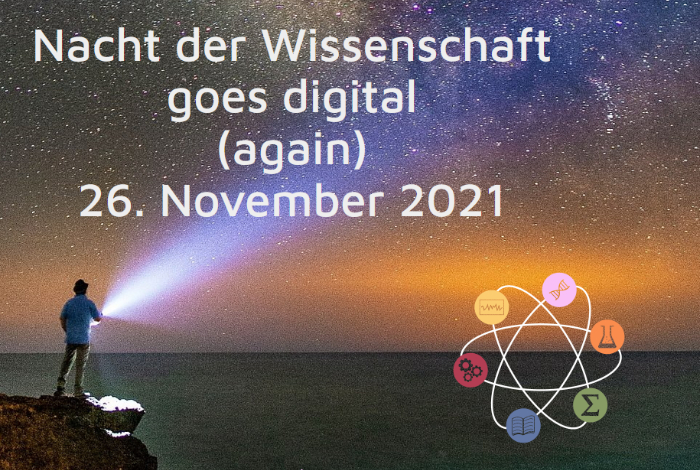
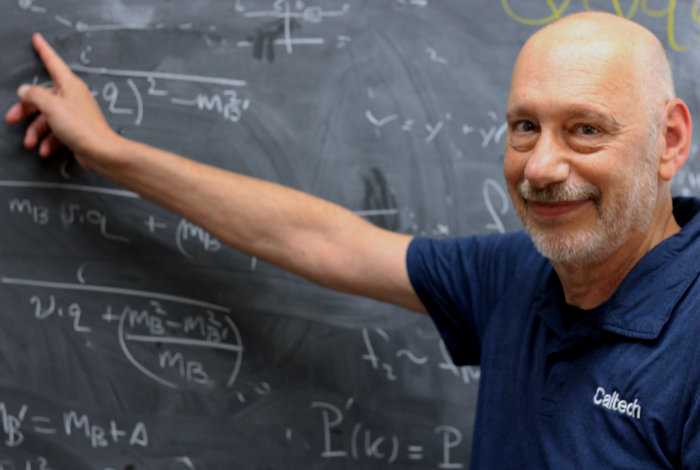
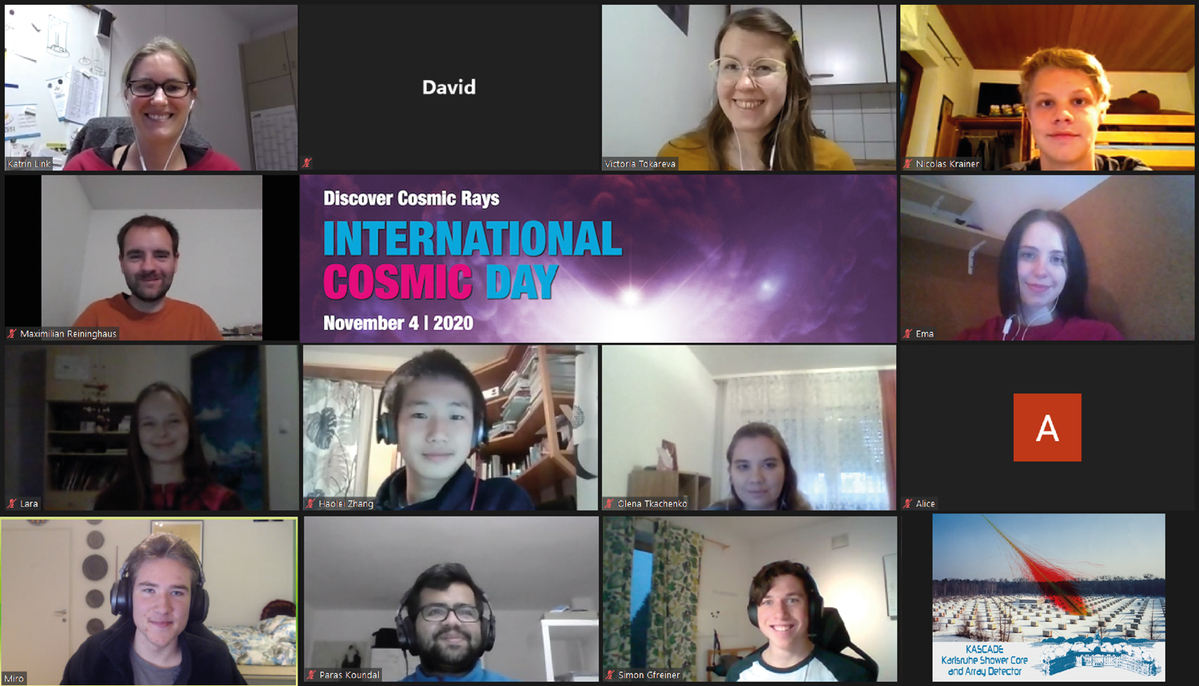
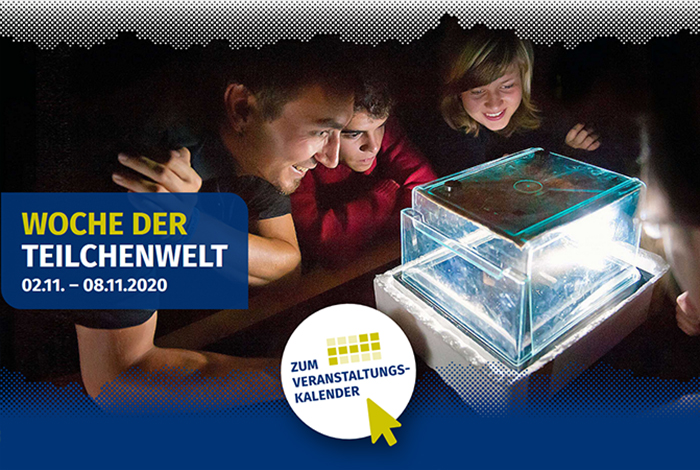
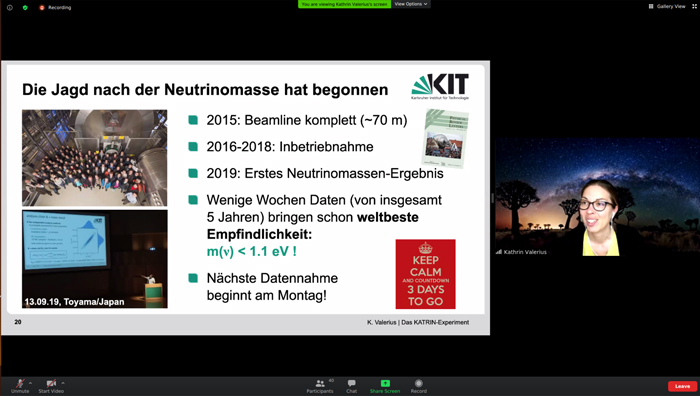
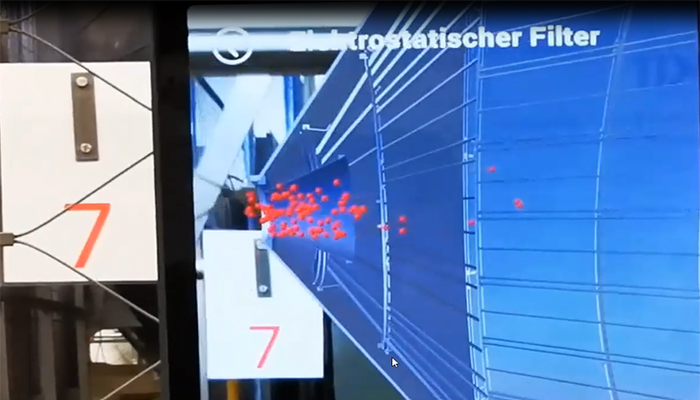
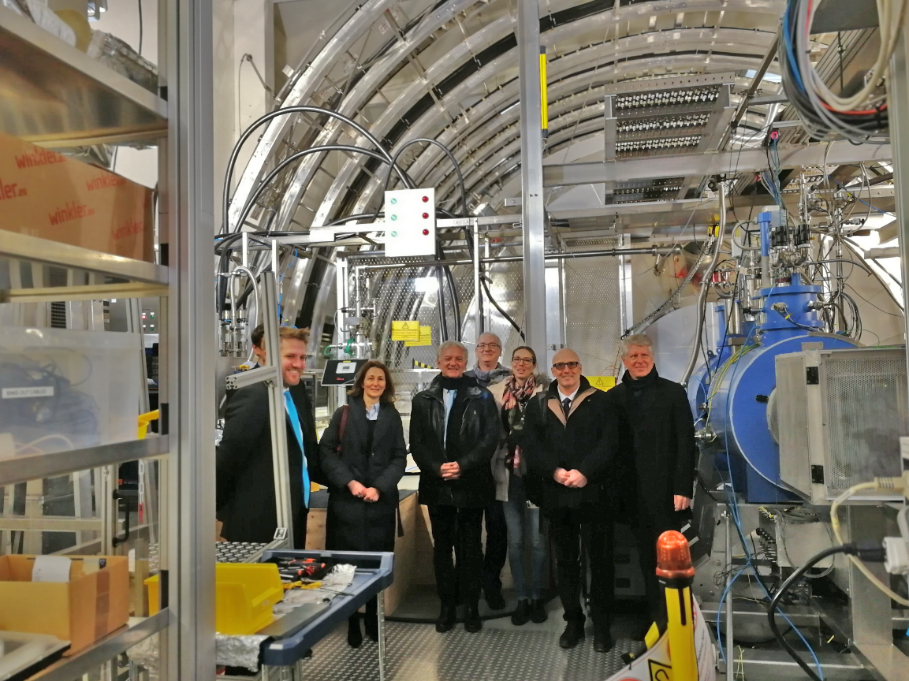

 About 300 scientists and guests from all over the world celebrated the 20th anniversary of the Pierre Auger Observatory with a ceremony and a scientific symposium at the site of the Observatory in Argentina. The Pierre Auger Observatory has been built to study ultra-high energy cosmic rays, particles of the highest energies ever observed.
About 300 scientists and guests from all over the world celebrated the 20th anniversary of the Pierre Auger Observatory with a ceremony and a scientific symposium at the site of the Observatory in Argentina. The Pierre Auger Observatory has been built to study ultra-high energy cosmic rays, particles of the highest energies ever observed.
